Introduction
Coral trout, scientifically known as Plectropomus leopardus, is a highly esteemed fish species renowned for its delicate flavor, firm texture, and vibrant coloration. Native to the tropical and subtropical waters of the Indo-Pacific region, this fish is a favorite among seafood enthusiasts and gourmet chefs. Freshly caught coral trout, commonly referred to as fresh East Coast spotted grouper or simply fresh “Dongxing Ban” in some culinary circles, offers a culinary experience that is unparalleled. However, maintaining the freshness of this delicate fish from the moment it is caught until it reaches the consumer’s plate is a challenge that requires careful handling and preservation techniques. This comprehensive guide aims to provide insights into the various methods of preserving the freshness of coral trout, ensuring that its unique qualities are retained for optimal enjoyment.
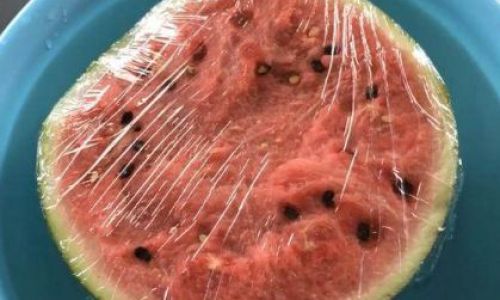
Understanding Freshness in Coral Trout
Before delving into preservation techniques, it is crucial to understand what constitutes freshness in coral trout. Freshness is not merely about the absence of spoilage but also about retaining the fish’s natural flavors, textures, and nutritional value. Fresh coral trout should have a firm, elastic flesh that springs back when pressed, clear, bright eyes, and a clean, fresh scent. Any signs of discoloration, sliminess, or an unpleasant odor indicate that the fish is no longer fresh and should be avoided.
Immediate Post-Catch Handling
The first step in preserving the freshness of coral trout begins with proper handling immediately after it is caught. Here are some key practices:
-
Bleeding the Fish: Promptly bleed the fish to prevent the blood from tainting the flesh and causing a metallic taste. This can be done by cutting the gill arches or severing the major blood vessels near the head.
-
Chilling: Rapid chilling is essential to slow down enzymatic activity and bacterial growth. Ideally, coral trout should be placed on ice or in an iced slurry (a mixture of ice and water) as soon as possible after being caught. Avoid direct contact with ice to prevent freezing injury, which can damage the flesh.
-
Cleaning: Once chilled, the fish should be gutted and scaled to remove any internal organs and external scales that could harbor bacteria and accelerate spoilage. The fish should then be rinsed under cold running water to remove any blood, slime, or debris.
Storage Methods
Once the coral trout has been properly handled and cleaned, there are several methods for storing it to maintain its freshness:
-
Refrigeration
-
Chilled Storage: For short-term storage (up to two days), coral trout can be kept in the refrigerator set to a temperature of around 32-35°F (0-2°C). Wrap the fish tightly in plastic wrap or place it in a sealed, airtight container to prevent dehydration and cross-contamination.
-
Ice Glazing: For slightly longer storage (up to three days), coral trout can be placed on a bed of crushed ice in a sealed container. The ice should be changed regularly to maintain a consistent low temperature.
-
-
Freezing
-
Flash Freezing: For long-term storage, coral trout should be flash-frozen to quickly lock in freshness. This can be done using a home freezer set to its lowest setting or a commercial quick-freeze machine. Wrap the fish tightly in plastic wrap, then place it in a heavy-duty freezer bag to prevent freezer burn.
-
Portioning: To facilitate easier thawing and use, consider portioning the coral trout into smaller pieces or fillets before freezing. Label each portion with the date and type of fish for easy identification.
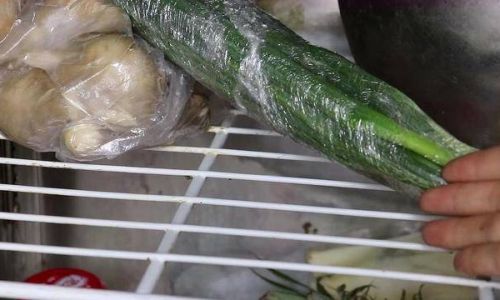
-
Long-Term Storage: Properly frozen coral trout can be stored for up to six months without significant loss of quality. Beyond this period, the texture and flavor may start to degrade.
-
Thawing and Preparation
When it comes to thawing frozen coral trout, the goal is to do so slowly and evenly to prevent the formation of ice crystals that can damage the flesh. Here are some best practices:
-
Refrigerator Thawing: Place the frozen fish in a container on a lower shelf of the refrigerator. Allow it to thaw overnight or for several hours, depending on its size. This method ensures a gradual and even thaw.
-
Cold Water Thawing: If time is a constraint, submerge the sealed, frozen fish in a bowl of cold water, changing the water every 30 minutes to maintain its chill. Avoid using hot water, as this can cause rapid thawing and the formation of ice crystals.
Once thawed, coral trout should be cooked or consumed immediately. Do not refreeze thawed fish, as this can significantly compromise its quality.
Cooking Techniques to Highlight Freshness
The cooking method chosen for coral trout should enhance its natural flavors and textures rather than mask them. Here are some recommended techniques:
-
Steaming: Steaming preserves the fish’s moisture and flavor, making it an excellent choice for highlighting the freshness of coral trout. Use a steaming basket over boiling water and cook for about 8-10 minutes, depending on the thickness of the fillet.
-
Grilling: Grilling coral trout over an open flame adds a smoky flavor and a beautiful caramelized crust. Use moderate heat and brush the fish lightly with oil to prevent sticking. Grill for about 4-5 minutes per side.
-
Pan-Searing: For a rich, buttery flavor, pan-sear coral trout in a hot skillet with a small amount of oil or butter. Cook until the flesh is golden brown and cooked through, about 3-4 minutes per side.
Conclusion
Preserving the freshness of coral trout requires a combination of careful handling, appropriate storage, and thoughtful preparation. By following the guidelines outlined in this guide, seafood enthusiasts and chefs can ensure that coral trout retains its delicate flavor, firm texture, and vibrant coloration, delivering a culinary experience that is truly memorable. Whether enjoying it at home or serving it to discerning diners, the key to success lies in respecting the fish’s natural qualities and treating it with the utmost care and respect from the moment it is caught until it is served. With these practices in place, coral trout can be enjoyed in its purest, freshest form, celebrating the bounty of the ocean and the art of fine dining.

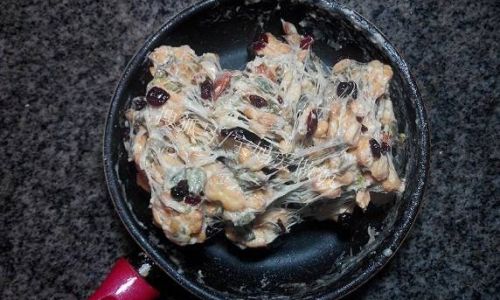
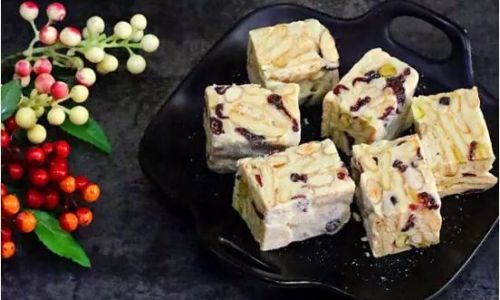
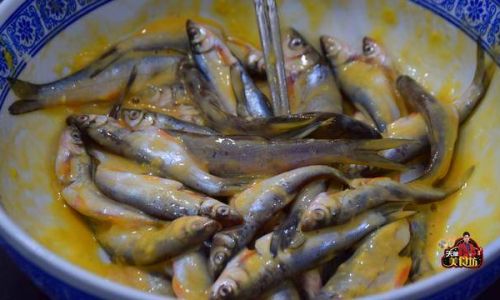
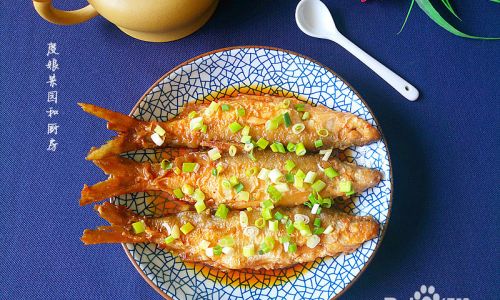

0 comments